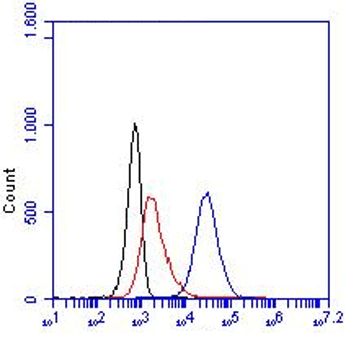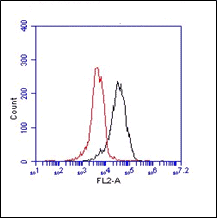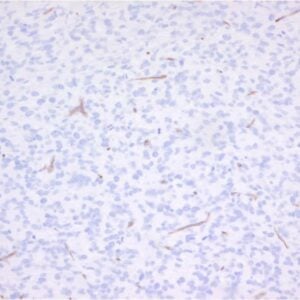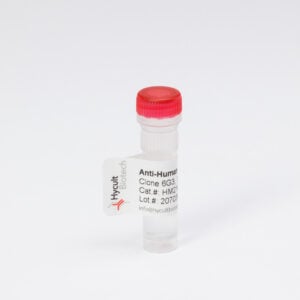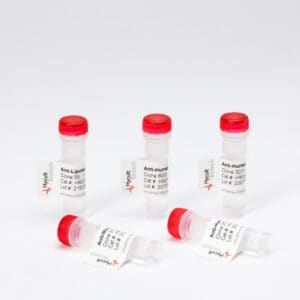CD200R3, Mouse, mAb Ba91
€133.00 €8,873.00Price range: €133.00 through €8,873.00
The monoclonal antibody Ba91 recognizes mouse CD200 Receptor-like 3 (CD200R3), a protein of ~38 kDa or ~74 kDa (reduced or non-reduced condition, respectively). CD200R3 presumably exists as a disulfide-linked dimer on the cell surface. The OX-2, or CD200 receptor (CD200R), belongs to the immunoglobulin superfamily. CD200R contains two Ig-like extracellular domains and mediates inhibitory signals in myeloid cells. Mice deficient for the ligand CD200 develop enhanced experimental allergic encephalomyelitis and collagen-induced arthritis. Unlike CD200R, the CD200R-like receptors functions as activating receptors. They contain short cytoplasmic tails and a lysine residue in the transmembrane region and are likely to signal via adaptor proteins such as DAP12, DAP10, FcRg, or CD3z. CD200R3 is expressed preferentially on cells of the myeloid lineage, including mast cells and basophils. Both cell types are involved in the host defense system against pathogens and in the development of allergic disorders. They function as independent essential initiators of allergic reactions. Basophils are the least common leukocytes in the peripheral blood accounting approximately 0.5 % of all leukocytes. In vivo depletion of basophils by using monoclonal antibody proved the essential role of basophils in the development and maintenance of IgE-mediated chronic allergic inflammation. The activating CD200 receptors, like CD200R3, play an important role in IgE-independent mast cell and basophil activation. Monoclonal antibody Ba91 activates basophils ex vivo and elicits systemic anaphylaxis when administered in vivo. Cross-linking of CD200R3 on MC/9 cells by monoclonal antibody Ba91 induces degranulation. Monoclonal antibody Ba91 is also useful for depletion of basophils.
